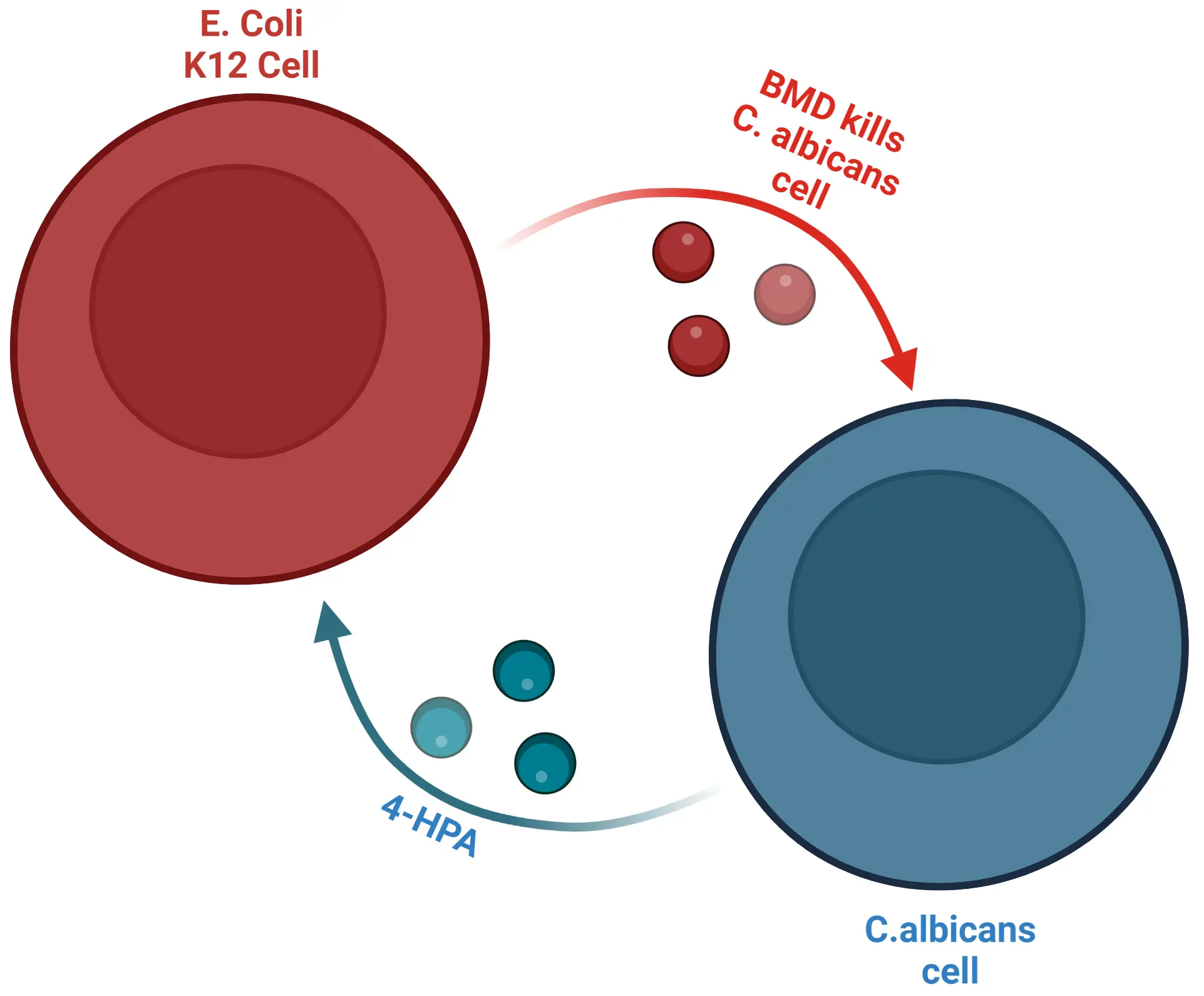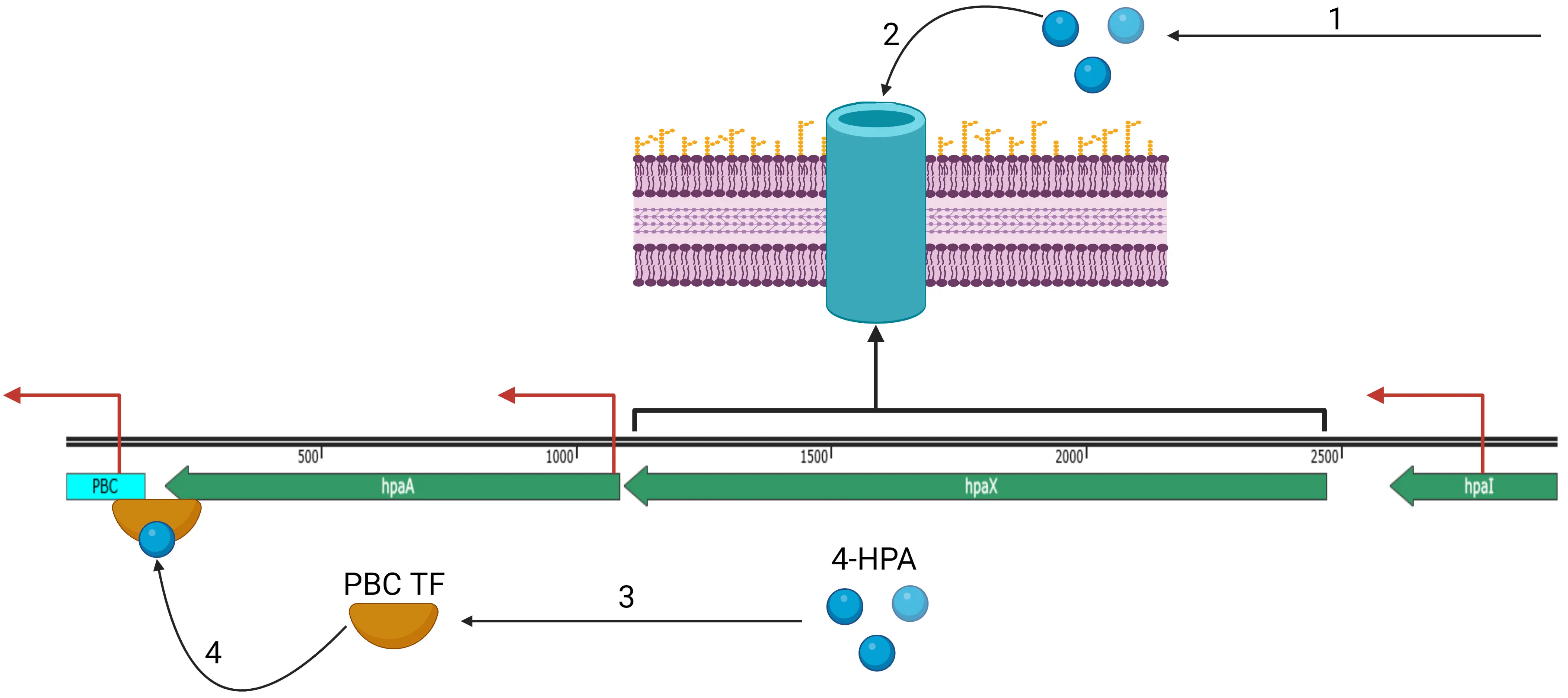Introduction
It is common knowledge the impact of antibiotics on bacterial resistance, however we often overlook the growing concerns that come with resistant yeast infections. Due to a combination of the overuse of antifungal agents and the immunocompromised state of patients, the preponderance of pathogenic species in hospitals can significantly negatively impact recovery for patients, leading to a financial burden to our existing health structures and a major burden to the quality of life for our patients.
Candida albicans as a Pathogen
Immunocompromised patients make up the main population at risk for fungal infections. Many resistant fungi can negatively impact their outcomes and can lead to significant harm, stress, and even death when untreated (Spampinato and Leonardi, 2013). One such species is Candida albicans, an opportunistic fungi and the primary agent of Candidiasis (Antinori et al., 2018).
Current anti-fungal treatments include fluconazole (Grant and Clissold, 1990). While effective, its mechanism of action is often general and non-specific, and it consequently led to fluconazole-resistant members of the genus Candida (Berkow and Lockhart, 2017). The labor and stress of treatment for an illness compounded with continual therapy afterwards for an unanticipated fungal infection can seriously negatively impact patients' wellness in their healing journey.
Project Claymore
As current approved antifungal treatments have shown to be systemic and non-specific, leading to significant side effects and potential intolerances for patients, we wanted to develop a solution that would specifically locate and target C. albicans in their destruction.
Our proposed solution to this problem is an autonomous biosensor platform for the identification and destruction of C. albicans. The end goal of this project was to develop this system for use in a microbiology space, not humans. A substantial amount of testing would be required to migrate such a platform into the medical space. Therefore, this project represented a “proof of concept”.
A biosensor represents an enclosed cellular system capable of detecting specific environmental agents and reporting this detection to the user through a defined mechanism. Our sensor system was meant to be a combination of two pathways: 1) a segment from the HPA operon in E. coli BL21, and 2) the Bacillomycin D operon in Bacillus subtilis.


Citations
Antinori, S., Corbellino, M., and Parravicini, C. (2018) Challenges in the Diagnosis of Invasive Fungal Infections in Immunocompromised Hosts. Current Fungal Infection Reports 12: 12-22.
Berkow, E., and Lockhart, S. (2017) Fluconazole resistance in Candida species: a current perspective. Infection and Drug Resistance Volume 10: 237-245.
Grant, S., and Clissold, S. (1990) Fluconazole. Drugs 39: 877-916.
Spampinato, C., and Leonardi, D. (2013) CandidaInfections, Causes, Targets, and Resistance Mechanisms: Traditional and Alternative Antifungal Agents. BioMed Research International 2013: 1-13.